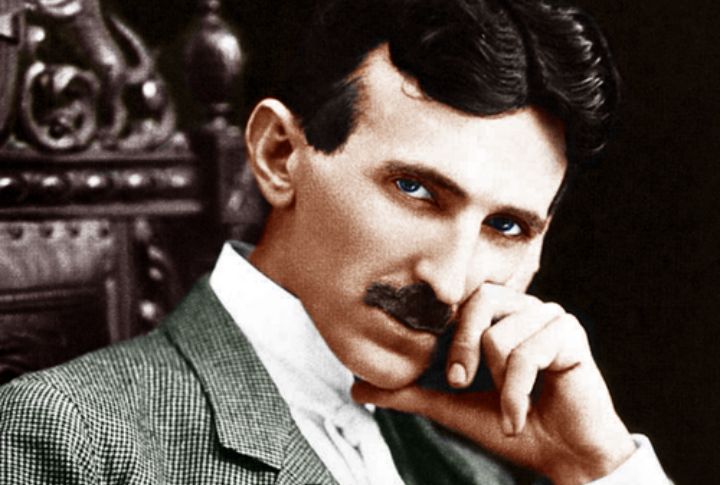
History books talk about the achievements of genius figures, but they skip highlighting their thought process—how their minds differed from those of regular folks. Many notable individuals showed traits we might now associate with neurodivergence. Though diagnoses didn’t exist then, their behaviors and struggles offer important clues. Here are 10 extraordinary people who may have thought and thrived differently.
Albert Einstein
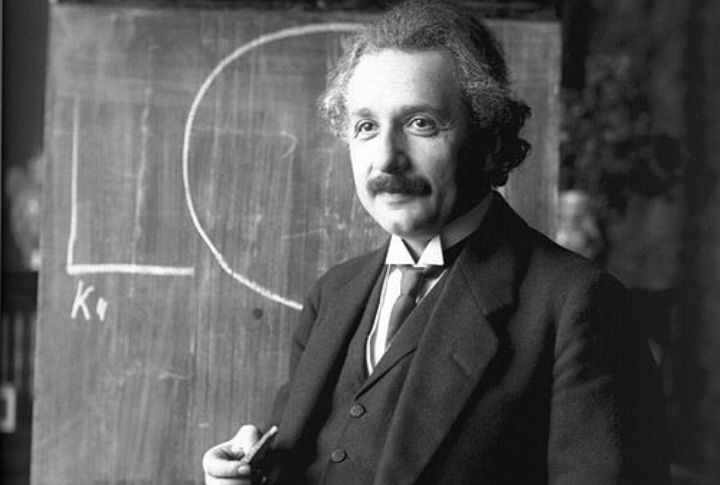
As a child, Albert experienced speech delays and often preferred solitude, which concerned his family. These early behaviors may point to autism spectrum traits. Later in life, his deep absorption in theoretical physics often took priority over social interaction. Researchers now believe his habits align with modern indicators of ASD.
Emily Dickinson
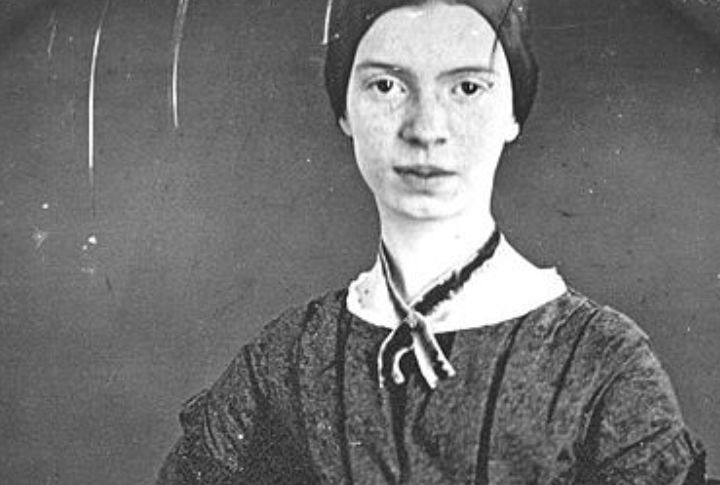
Emily Dickinson lived a quiet, tightly structured life, marked by intense creativity and few social interactions. Her solitude and rigid routines have led some scholars, like Julie Brown, to indicate possible autistic traits. It could also reflect anxiety or personal choice—a unique mind, after all.
Nikola Tesla
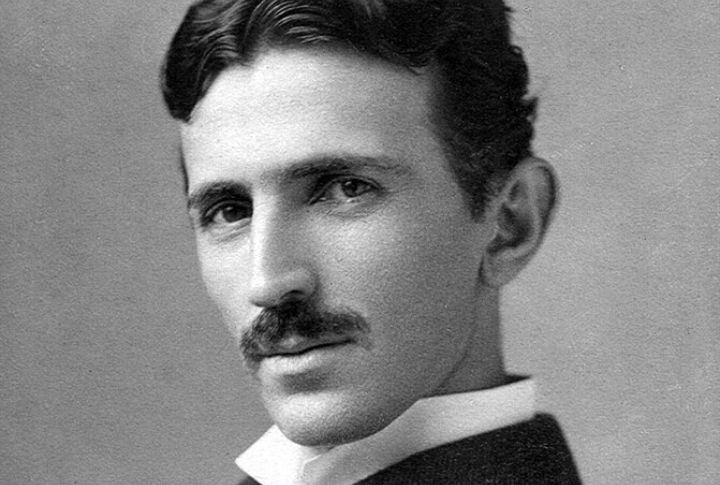
Obsessive habits shaped Nikola Tesla’s life. He always insisted on using precisely 18 napkins at meals. Combined with a photographic memory and extreme sensitivity to sound, these traits suggest a neurodivergent mind. Interestingly, his vivid mental imagery became the foundation for inventions such as alternating current and early wireless communication.
Isaac Newton
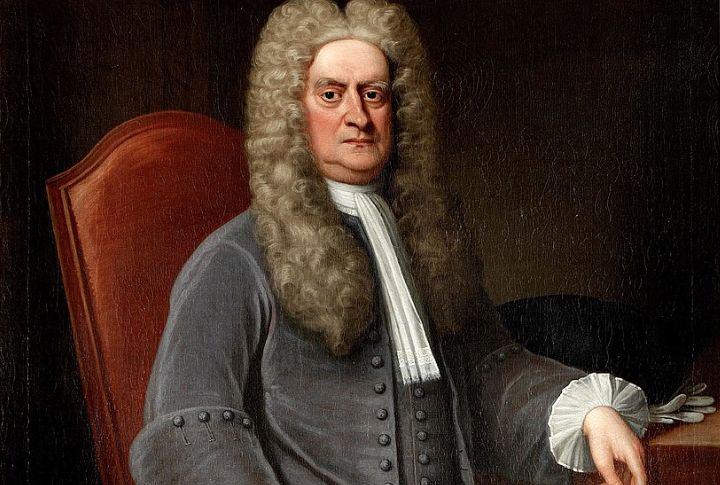
Newton spent extended periods alone while working on his laws of motion. People around him wondered if he was all right, especially given his intense focus, limited interests, and emotional detachment. Biographers note these patterns as signs of a highly analytical, possibly neurodivergent mind.
Leonardo Da Vinci
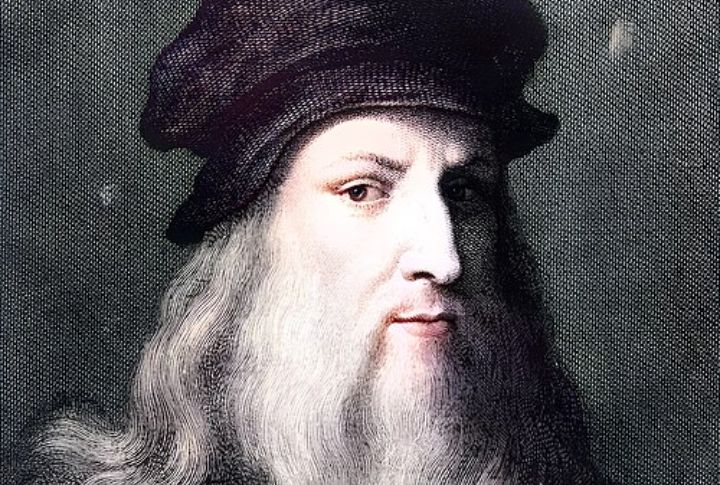
Nobody understood how Da Vinci really functioned. As of now, a trail of unfinished sketches and inventions hints at his restless creativity and a unique mind. Researchers Catani and Mazzarello proposed that his distractibility and impulsive bursts of focus reflect traits of ADHD.
Wolfgang Amadeus Mozart
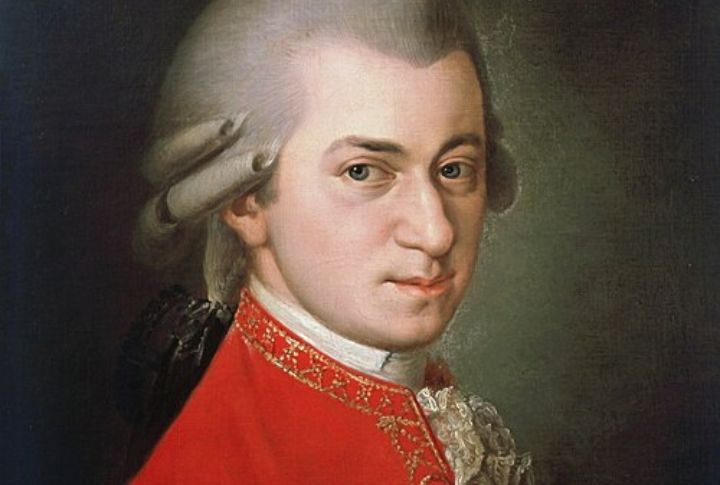
Mozart’s childhood was shaped by rapid speech and an intense focus on music. By age 12, he had already composed full operas. Biographers describe his unusual behavior, which speaks of a distinct cognitive profile. While not confirmed as autistic, his genius transformed the emotional range of Western classical music.
Thomas Jefferson
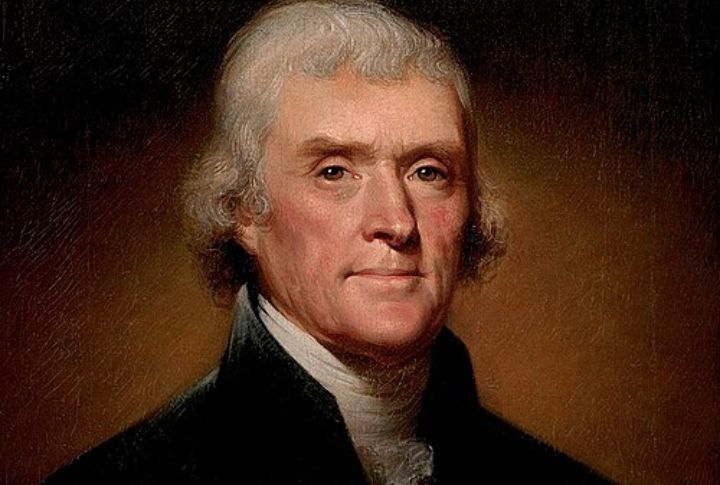
Known for his discomfort in crowds and dislike of public speaking, Jefferson maintained a highly structured lifestyle. His habit of recording weather patterns points to a strong preference for routine. This meticulous tracking spanned several years and highlighted a strong focus on order and environmental detail.
Henry Cavendish
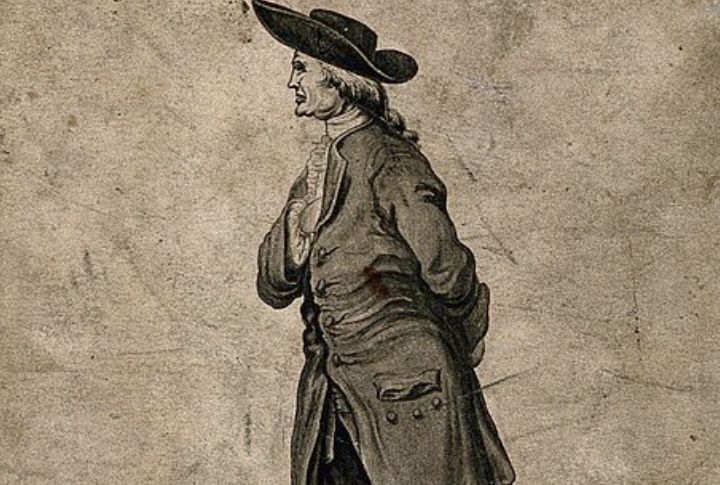
Guests at Cavendish’s home were told not to speak to him directly—he preferred written notes. He lived in isolation, sometimes going weeks without contact. People in his day considered him odd, but today, experts believe the traits closely mirror autism. His solitude, however, fueled remarkable scientific breakthroughs.
Temple Grandin
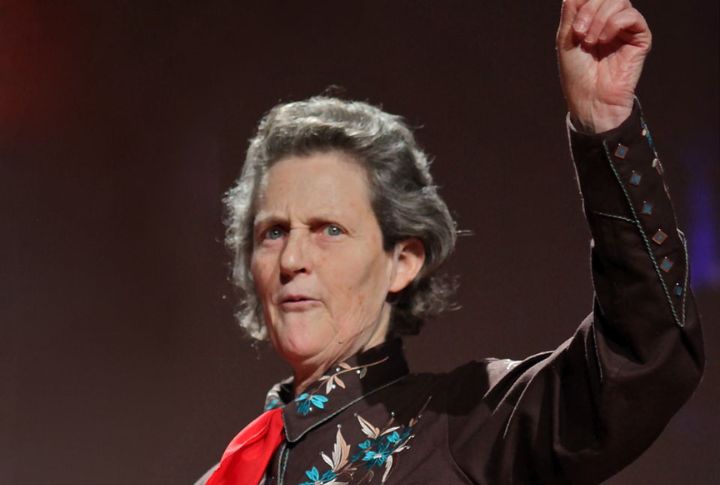
Temple Grandin transformed livestock handling through her remarkable visual thinking. Diagnosed with autism as a child, she used her ability to see in pictures and designed more humane animal handling systems. What others saw as challenges became her greatest assets. It shaped both animal science and autism awareness.
Stephen Wiltshire
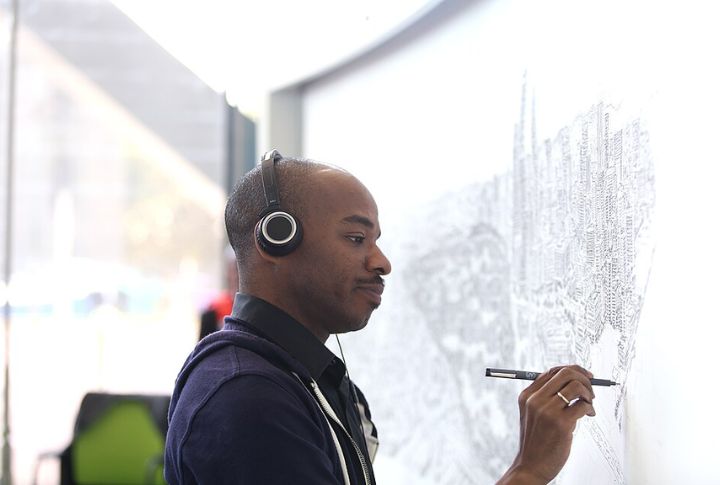
Is it possible to sketch New York City in near-perfect street-level detail—after just one helicopter ride? Stephen Wiltshire did it from memory. He continues to mesmerize the world with his remarkable visual recall and ability to create cityscapes entirely freehand, without the aid of rulers or do-overs.

